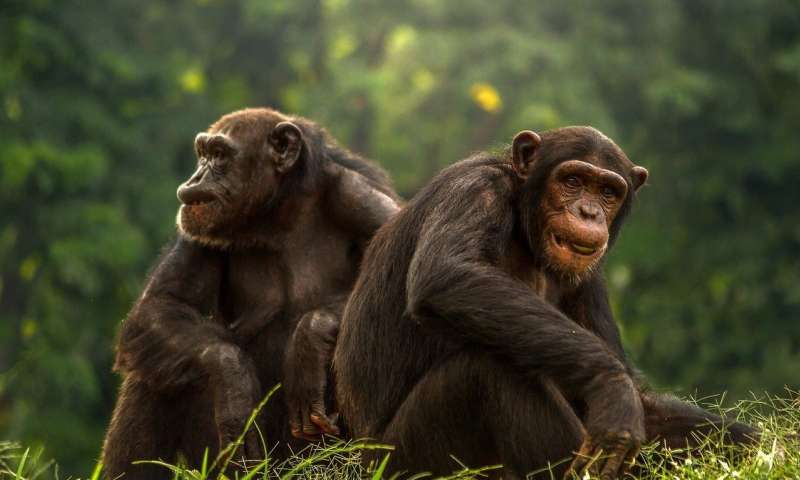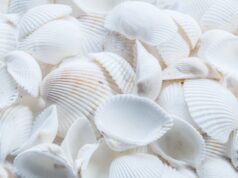Male primates equipped with all the bells and whistles to attract a female mate tend to have smaller gonads, according to a study by researchers at The University of Western Australia and University of Zurich.
Primatologist and study co-author Dr Cyril Grueter, from UWA’s School of Human Sciences, said male primates typically lived in highly competitive environments where they all wanted the same thing – to father offspring.
“But not all of them can have what they want,” Dr Grueter said. “So how do they succeed? Well, next to simply fighting, they can produce so-called ‘badges of status’; showy ornaments that help their bearers control access to females by intimidating other males.
“And if males cannot keep others off their females, they can win by producing a lot of sperm to swamp those from their rivals.”
The study, published today in the Proceedings of the Royal Society B, investigated the relationships between different indicators of male virility.
Find your dream job in the space industry. Check our Space Job Board »
The research team, which included Professor Leigh Simmons, director of UWA’s Centre for Evolutionary Biology and Dr Stefan Lüpold, from the University of Zurich, focused on primates because of their tremendous variation in both testicle size and male ornamentation.
Dr Grueter said some primates had testicles almost the size of tennis balls while others were barely larger than a peppercorn.
“We found the same thing with ornamentation – some species sport flamboyant accoutrements such as beards, manes, capes and cheek flanges, and various shades of colour in their faces and fur,” he said. “Others are pretty drab and look more like your Mr Average.”
The international team compiled data for more than 100 primate species including humans and demonstrated for the first time that ornaments come at the expense of testicle size and sperm production–or simply put, at least in primates, the showiest males have the smallest testes.
“This finding clearly shows that you can be well-adorned or well-endowed, but it’s hard to be both,” Dr Grueter said. Why? One of the reasons, the researchers suspect, is that trying to do both just takes too much energy.
Provided by: University of Western Australia
More information: Stefan Lüpold et al. Sexual ornaments but not weapons trade off against testes size in primates. Proceedings of the Royal Society B: Biological Sciences (2019). DOI: 10.1098/rspb.2018.2542J
Image Credit: CC0 Public Domain











